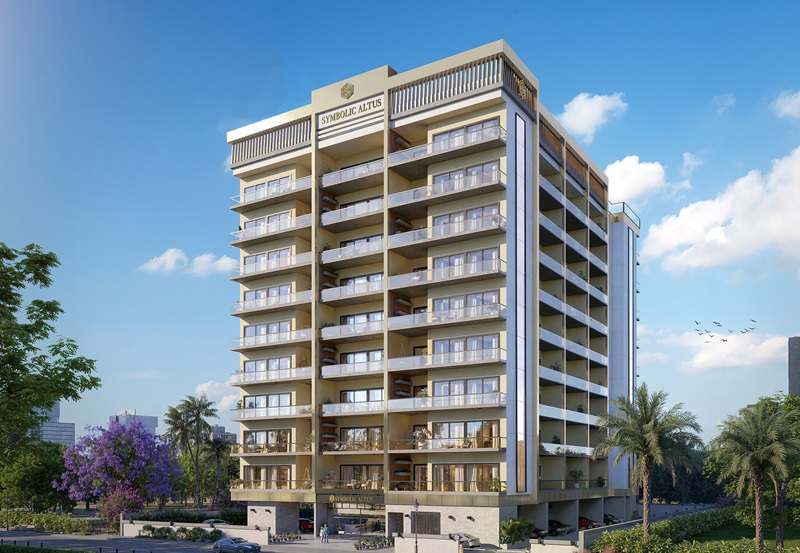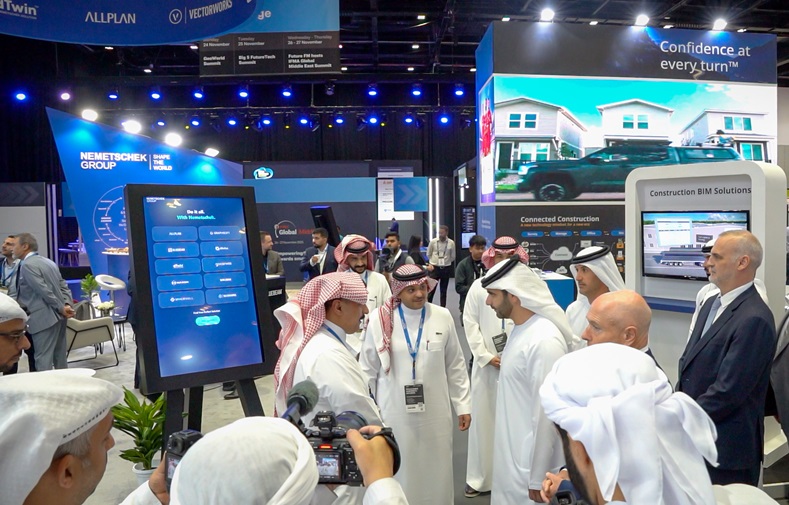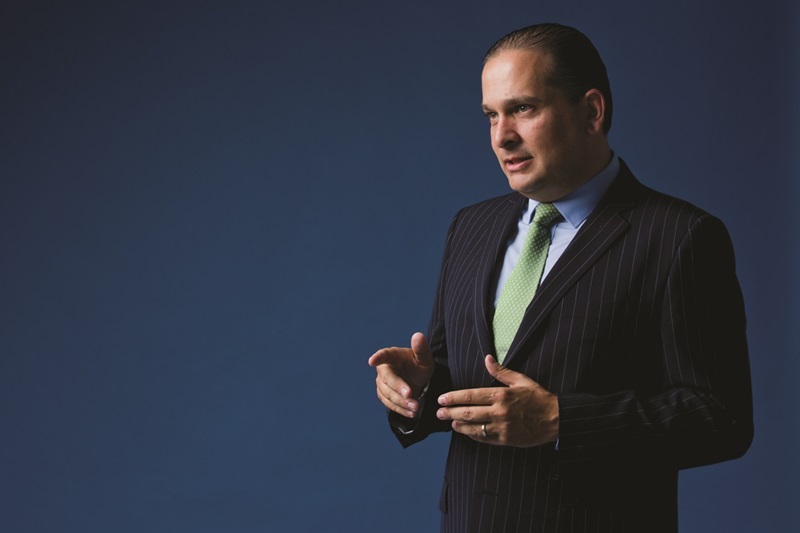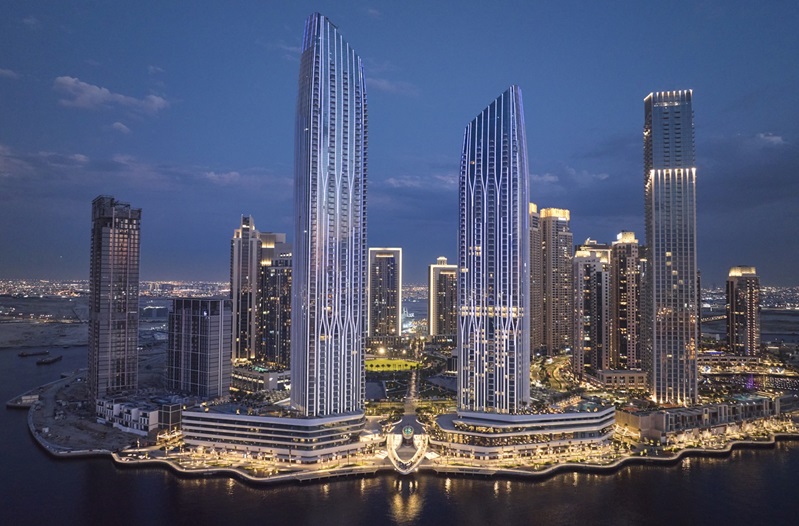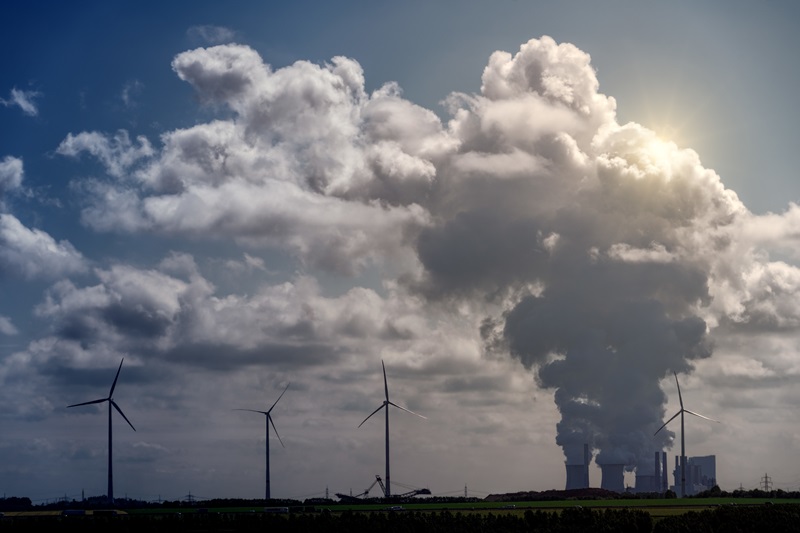
Facilities Management plays an important role in connecting an organisation with its customers. This is perhaps most true in industries where the hospitality element is key, such as restaurants, hotels, parks, museums, and other recreation and tourist facilities. And technology, undoubtedly, is a great facilitator for enhancing the link between FM and the customer experience in facilities.
Different kinds of technology can be used to improve the end-user experience in buildings. However, irrespective of the kind of technology used, the end goal remains the same, which is the optimisation of resources and, more importantly, the well-being of users.
 According to Kenneth Okai, Building IT Infrastructure Unit Head at the Louvre Abu Dhabi, "The use and benefits of technology in enhancing user experience in buildings vary from very simple technologies like digital sanitisers all the way to complex AI-driven building automation technologies.”
According to Kenneth Okai, Building IT Infrastructure Unit Head at the Louvre Abu Dhabi, "The use and benefits of technology in enhancing user experience in buildings vary from very simple technologies like digital sanitisers all the way to complex AI-driven building automation technologies.”
"Primarily, technology should facilitate safety, security and comfort of all users of the building while maintaining sustainability ambition and promoting the efficient use of resources," he said.
 Binu Karunakaran, Engineering Manager, W Abu Dhabi – Yas Island, says that data collection provides a solid foundation to enhance how buildings are operated and maintained, especially for hotels, where the end-user experience is everything and facility managers have to make sure that building systems and processes enhance the guest experience and keep expenses in check.
Binu Karunakaran, Engineering Manager, W Abu Dhabi – Yas Island, says that data collection provides a solid foundation to enhance how buildings are operated and maintained, especially for hotels, where the end-user experience is everything and facility managers have to make sure that building systems and processes enhance the guest experience and keep expenses in check.
Smart technologies and automation systems can be of great use to take customer service up a notch. “Smart technologies not only improve guest experience but reduced costs, especially in regards to sustainability. For instance, the power of the light bulbs can be automatically reduced during daylight hours or the heating can be automatically turned off
when a room reaches a specified temperature or when a room is unoccupied. This means less energy is wasted. Hotels can even promote this eco-friendliness,” says Karunakaran.
Automation systems can be set up for controlling blinds, lighting, and cooling systems. "They also regulate lux levels and environmental conditions in real-time based on predefined or learnt parameters to optimize comfort levels for all users,” remarks Okai.
Some of the other popular automation systems used in museums and other cultural sites include indoor navigation systems in multimedia guides, building management systems with air quality monitoring, and automated responses, and intelligence car park management solutions, which helps save time and effort of visitors by helping them easily locate free parking lots.
In addition to this, new technology can also be used for incident response efficiency. "For instance, CCTV can be used to help a visitor rapidly locate where an item was lost or trace their moments," says Okai. CCTVs can also help measure social distance and facemask violations via analytics as well as Visitor behavior and pattern analysis systems and reporting.
Indoor navigation systems and multimedia guides can be used to help visitors tour facilities. "Digital ticketing, wayfinding and multimedia guiding systems which provides easy flow and efficient navigation of spaces and reduces the need for visitors to print and carry paper tickets or site maps," he adds.
Equally important is the role technology plays in maintaining the performance of building assets. “Analytics software acts as an ever-present expert watching the operation of your equipment. Analytics looks for patterns in your operational data to identify issues that you need to be aware of. Some issues may be outright faults, but others are deviations, trends, and anomalies – all of which have important implications for your facility – whether financial or affecting occupant satisfaction,” he says.
Data-driven reports have more transparency as well. “These reports inform you what areas you're doing well in and where you might need to improve and it enables personalizing experiences to different customers' preferences as well,” says Karunakaran.
Front-of-office operations are a key element to improving customer service as it is usually the first point of contact for customers. Technology can be used to welcome visitors and give them a brief intro of the services provided. "Useful information can be relayed to visitors via digital displays and wayfinding systems as well as through welcome messages on Wi-Fi landing pages,” says Okai.
Besides this, in places where the visitor experience is key, the level of mobile connectivity can be a major factor in providing seamless customer service. "A seamless wireless and mobile coverage is important to enable communication and provide visitors access to social media," says Okai.
However, some of the challenges of using technology related to availability of the hardware. "Generally very minimal operational challenges to maintain Automation systems; However, availability and increasing cost of consumables and spares are a concern, especially if a system is operated from a sole vendor,” says Karunakaran. Also, seamless integration of technology, according to him, will depend on the quality of systems used.
Besides optimization, the use of technology plays an critical role in energy management. “Most of the Automation systems are collecting data and cross-verifying it on daily basis to get maximum efficiency in energy management resulting in good results in terms of energy and revenue accordingly,” says Karunakaran.
The rate of using technology to improve customer service is only going to rise in the future. “We will see more hotels implementing various types of smart functions. These functions could be, for instance, smart keys where guests can use their mobile devices to check in and control devices within the rooms or voice-activated functions in all guest rooms. A smart speaker would work similarly to Alexa or Google Nest where guests are able to request music, adjust the volume, change the TV channels, and AC thermostats,” Karunakaran adds.
Taking hospitality up a notch

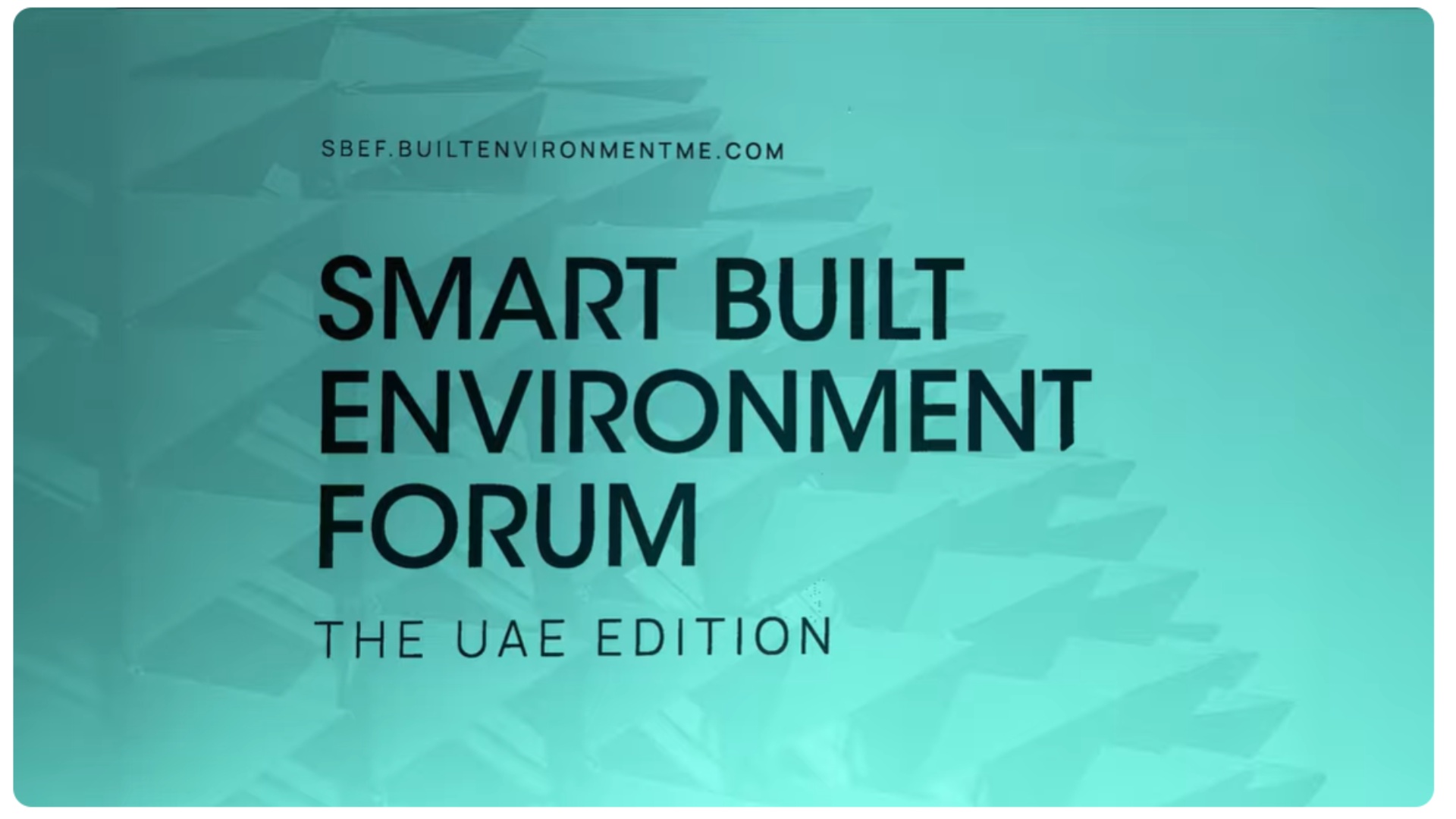





.jpg)
